A hot-rodded Melody Maker, a pair of Deluxe Reverbs, and a custom-built ’board power this funk funhouse.
Ryan Lerman is the cofounder of Los Angeles-based dynamic funk project Scary Pockets. The musical collective has been crushing it on Youtube since 2017, and eventually they decided to take their show on the road—a shift that’s turned them into a celebrated and successful touring act. Lerman met up with PG’s John Bohlinger before Scary Pockets’ Nashville show at the Brooklyn Bowl to talk through his current touring rig.
Brought to you by D'Addario XPND.
Making Melodies
Lerman’s 1964 Gibson Melody Maker was modded to carry two humbuckers sometime before he bought it. On electric guitars, Lerman reaches for either Gabriel Tenorio strings or La Bella flatwounds. For picks, he goes with Strum-N-Comfort 1.5 mm Sharktooth picks.
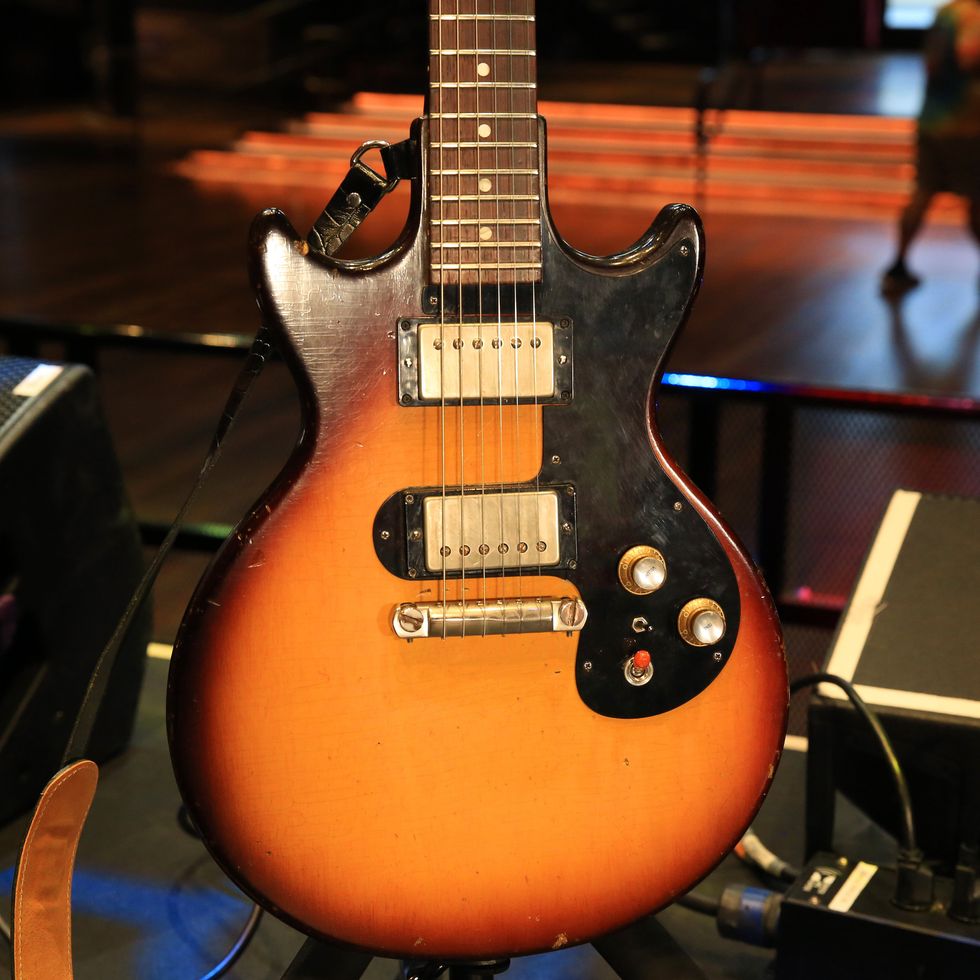
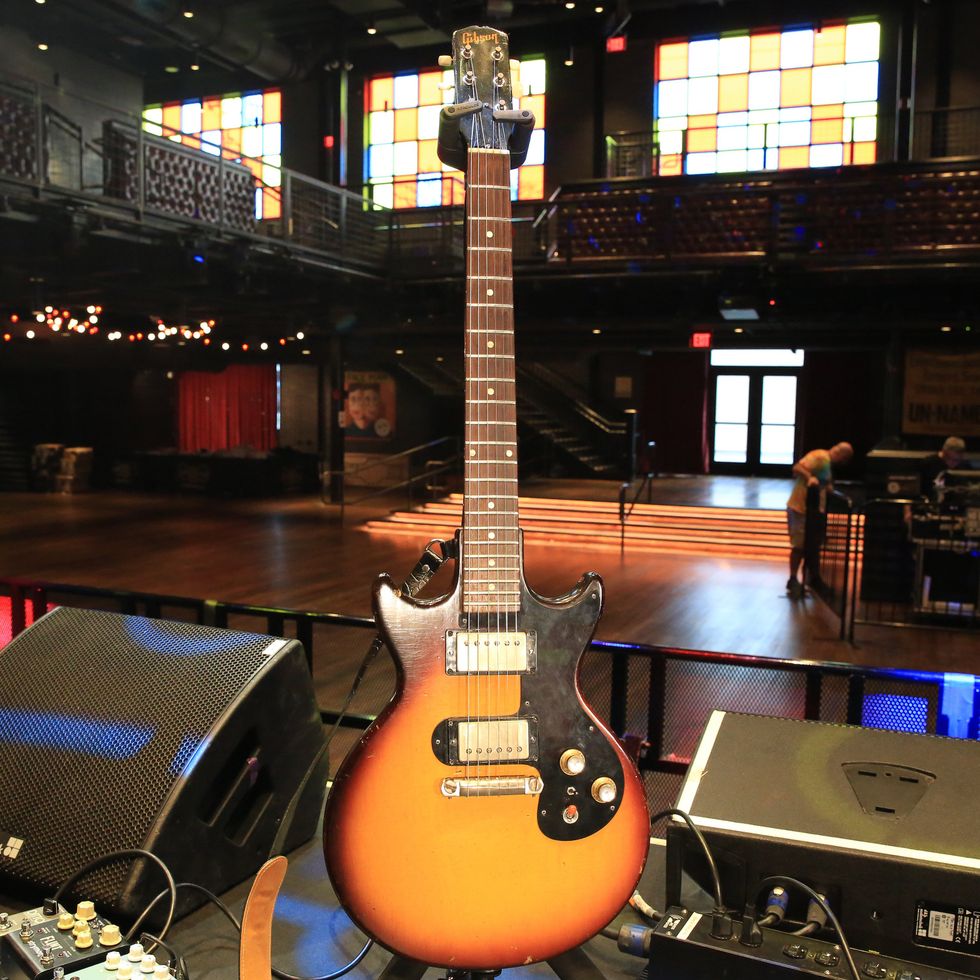
Beatlemania—With Fuzz
Lerman’s 1966 Hofner 459 VTZ is a more recent acquisition. This vintage beauty features a built-in fuzz—like the one Paul McCartney used on the latest Rolling Stone’s album.
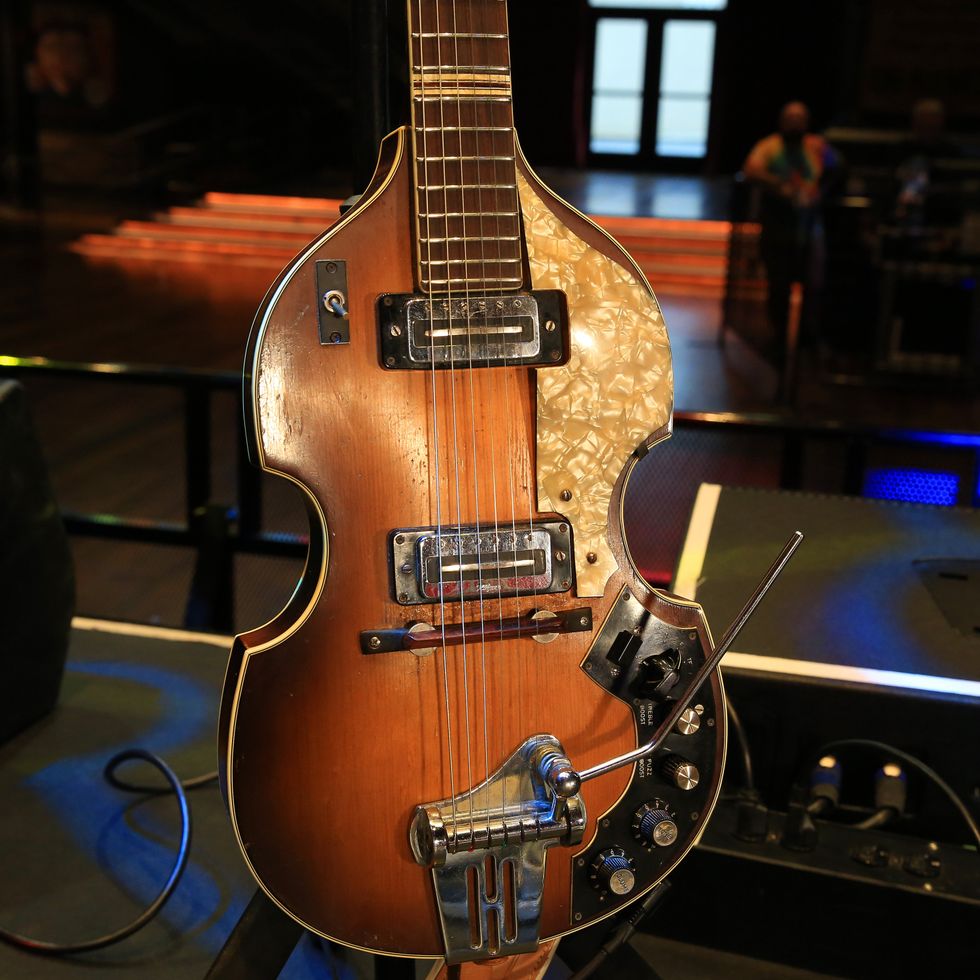
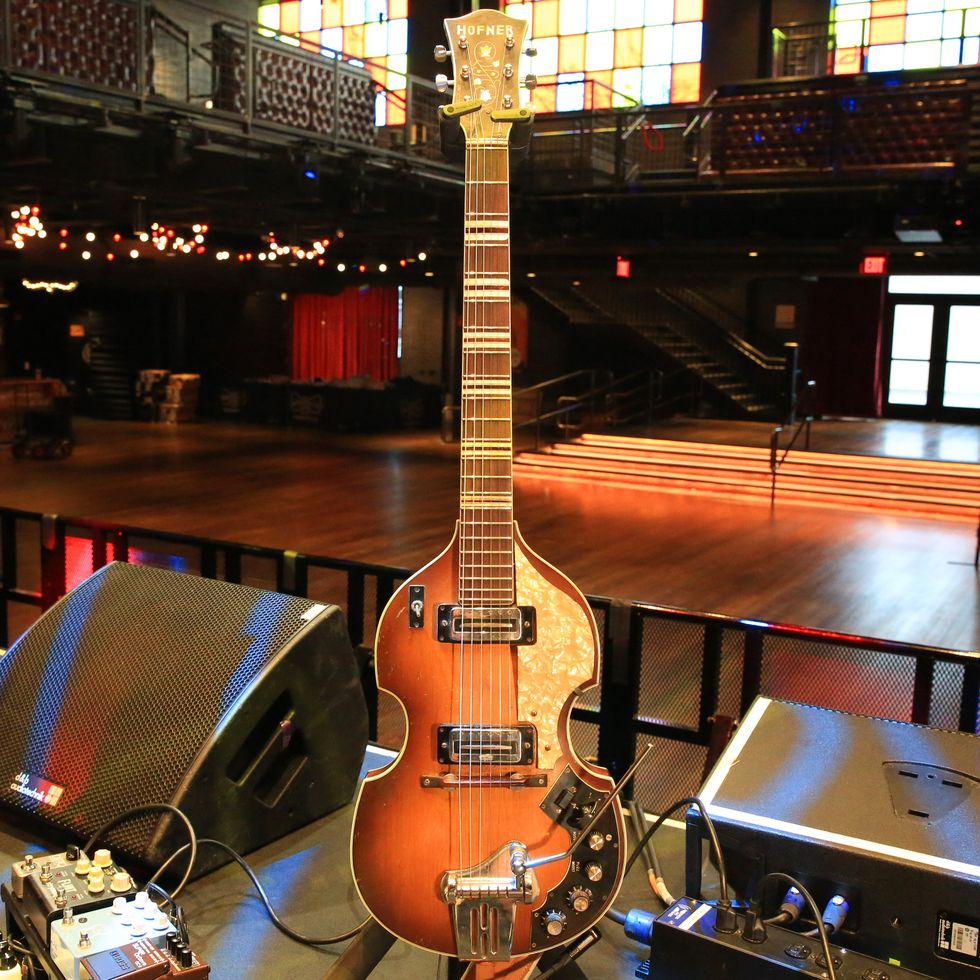
In the Lap of De-luxury
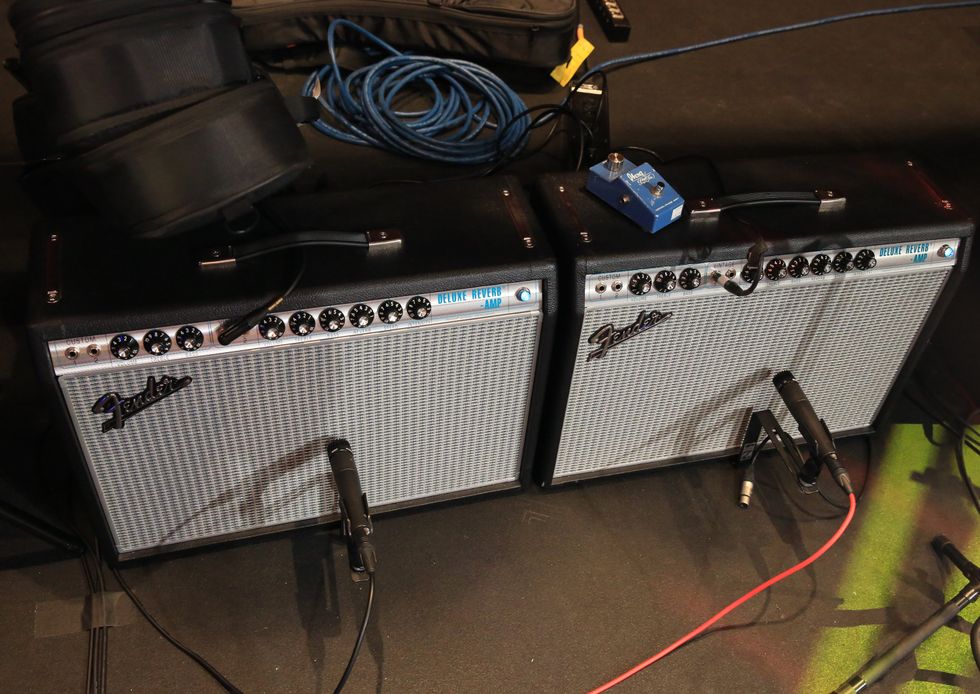
On this leg of the tour, Lerman is rolling with backline amps—generally two Fender ’68 Custom Deluxe Reverbs.
Funk on the Floor
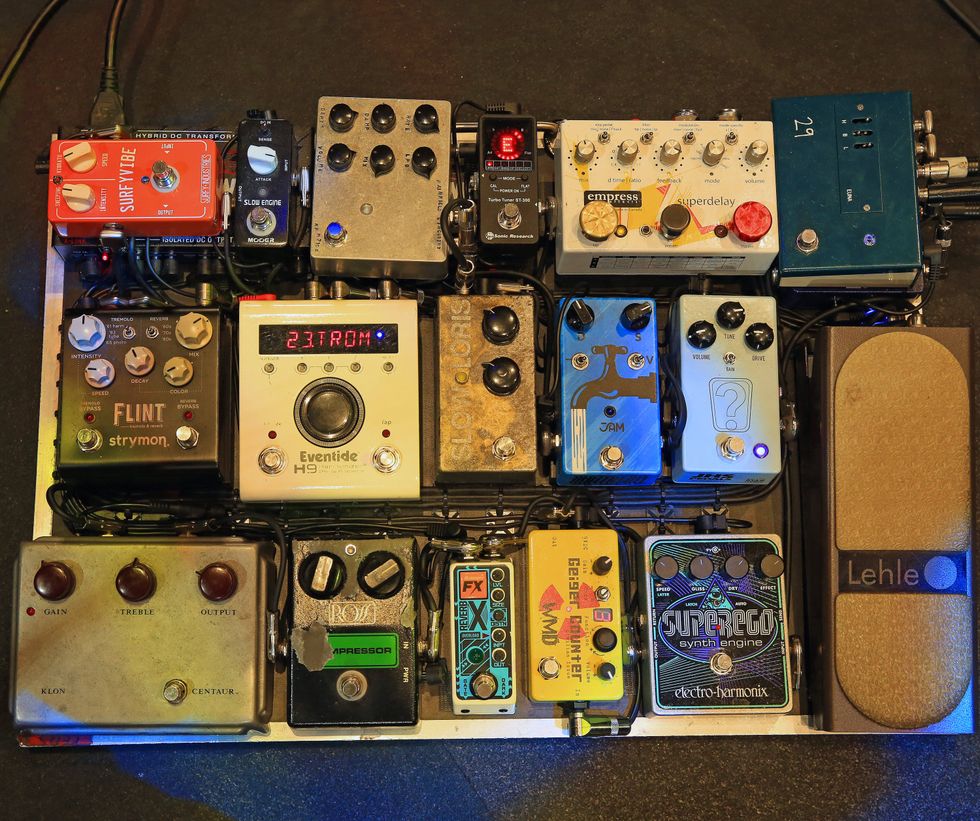
For his stompbox kingdom, Lerman tapped Dave Phillips at L.A. Sound Design to build him a road-ready board. First up, Lerman runs a 1/4" cable from his guitar right into a 29 Pedals Euna. From there, the signal runs the gauntlet through: an Electro-Harmonix Superego, WMD Geiger Counter, Rainger FX Reverb-X, Ross Compressor, Klon Centaur, JHS SuperBolt, JAM Pedals WaterFall, Non-Human Audio Slow Loris, Eventide H9, Strymon Flint, Empress Superdelay, Sonic Research Turbo Tuner ST-300, Fairfield Circuitry Shallow Water, Mooer Slow Engine, Surfy Industries SurfyVibe, and a Lehle volume pedal.
Shop Ryan Lerman's Rig

Fender '68 Custom Deluxe Reverb
Electro-Harmonix Superego
Eventide H9
Lehle Mono Volume
Ross Compressor
Strymon Flint




![Rig Rundown: Russian Circles’ Mike Sullivan [2025]](https://www.premierguitar.com/media-library/youtube.jpg?id=62303631&width=1245&height=700&quality=70&coordinates=0%2C0%2C0%2C0)




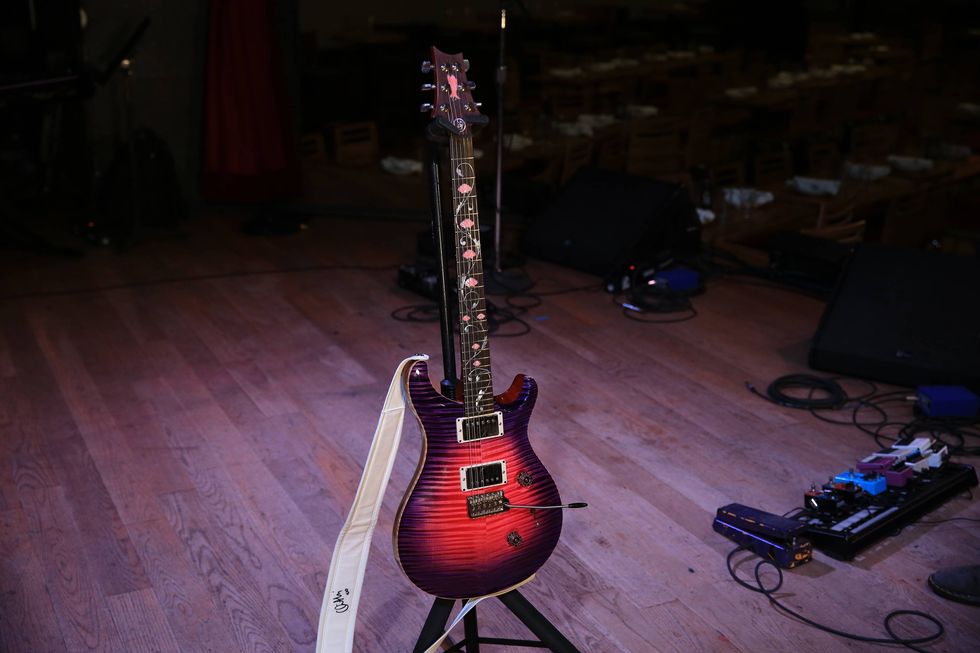
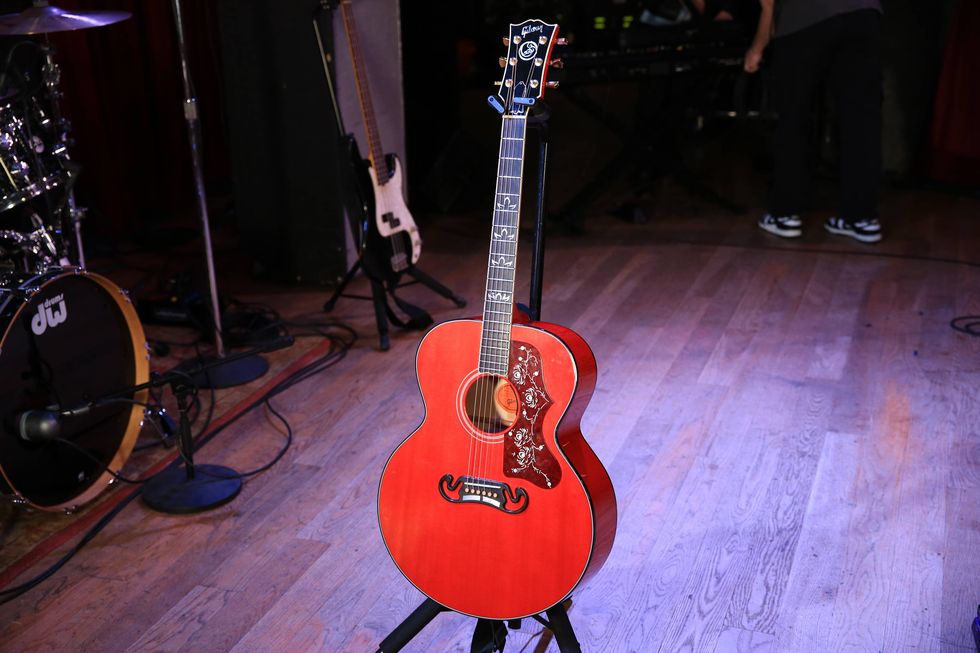
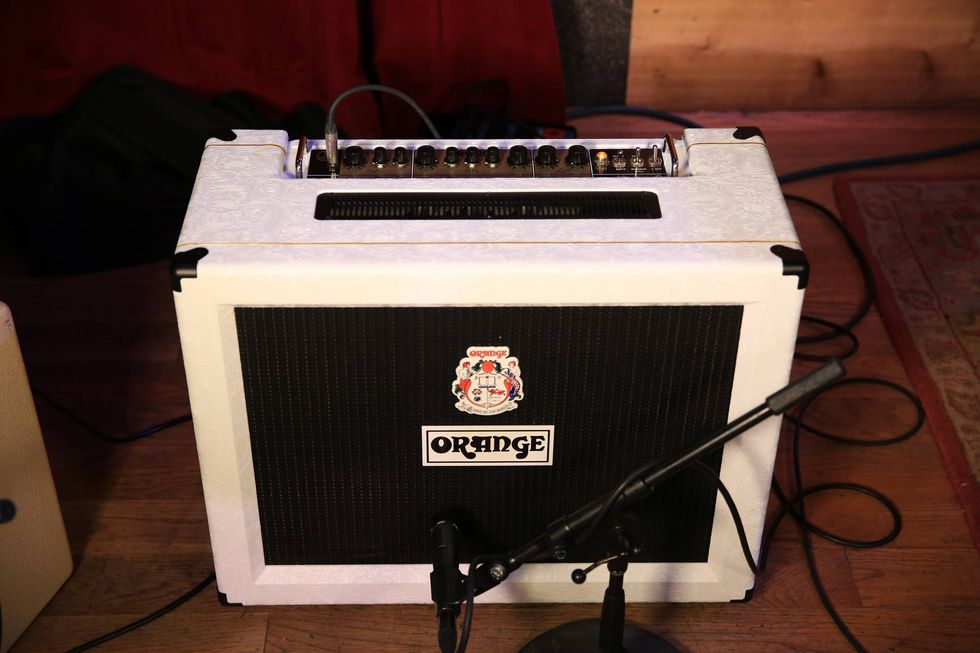
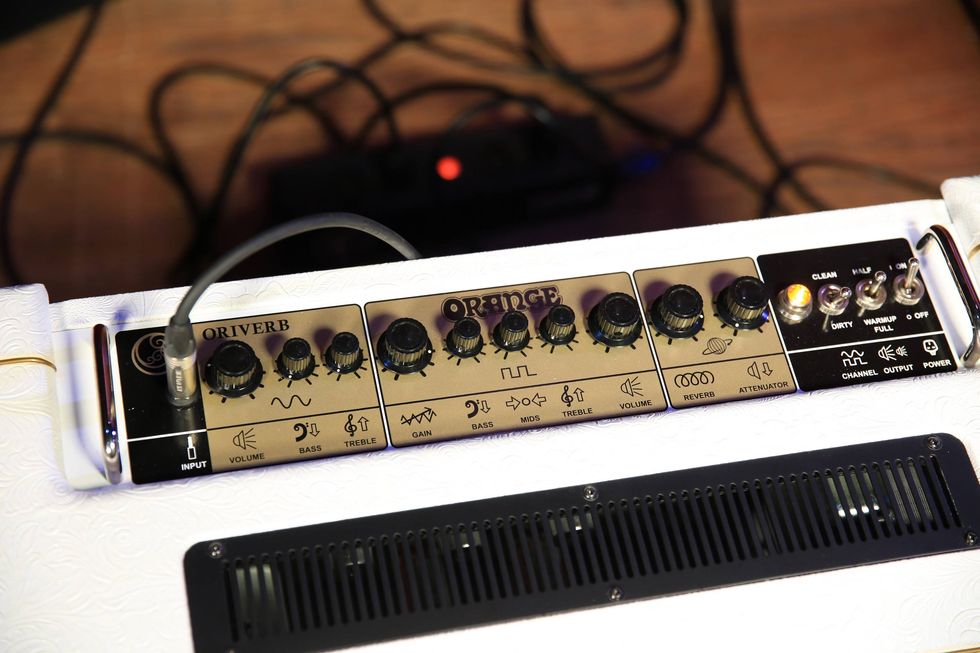
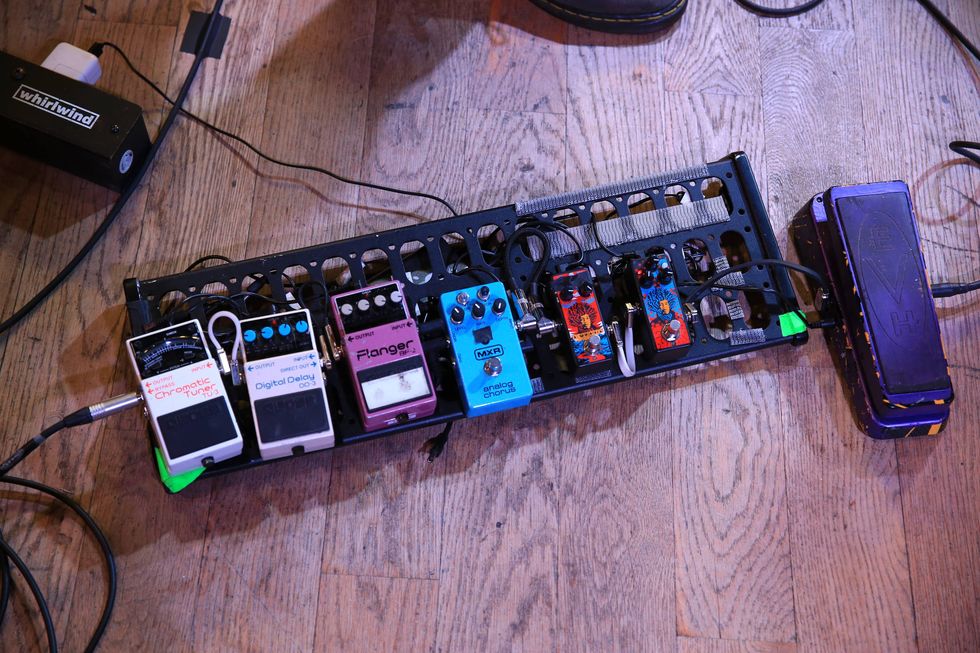







![Rig Rundown: AFI [2025]](https://www.premierguitar.com/media-library/youtube.jpg?id=62064741&width=1245&height=700&quality=70&coordinates=0%2C0%2C0%2C0)












 Shop Scott's Rig
Shop Scott's Rig







 Zach loves his Sovtek Mig 60 head, which he plays through a cab he built himself at a pipe-organ shop in Denver. Every glue joint is lined with thin leather for maximum air tightness, and it’s stocked with Celestion G12M Greenback speakers.
Zach loves his Sovtek Mig 60 head, which he plays through a cab he built himself at a pipe-organ shop in Denver. Every glue joint is lined with thin leather for maximum air tightness, and it’s stocked with Celestion G12M Greenback speakers.
















![Devon Eisenbarger [Katy Perry] Rig Rundown](https://www.premierguitar.com/media-library/youtube.jpg?id=61774583&width=1245&height=700&quality=70&coordinates=0%2C0%2C0%2C0)






